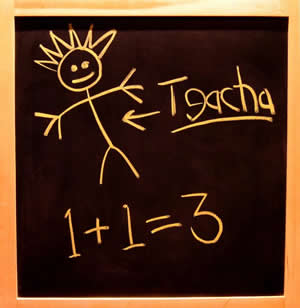Sampling errors

Two forms of error can creep in when samples are being prepared, and conclusions drawn from the results. These can be considered as bias and statistical.
-
 Bias - this is where external effects influence the result. The selection of who makes up the sample may be biased in favour of friends, for instance. The form of the questions may induce a particular answer, and so also introduce bias.
Bias - this is where external effects influence the result. The selection of who makes up the sample may be biased in favour of friends, for instance. The form of the questions may induce a particular answer, and so also introduce bias. - Statistical sampling error - even with no bias, there will be error. No two samples will give the same result (except by fluke.) Thus there will be random variations from sample to sample, and between sample and population. Sampling error is the combination of the 'within sample' error and the 'between sample and population' error. Luckily you will not have to work it out.
This is all summed up using confidence limits and standard error. The important thing to remember is that results will not be fully accurate using a sample. However, an estimate of the error or accuracy is possible knowing the sample size and the experimental method.
Is a sample reliable?
To be of use to a firm, results should reflect the intentions of the total population. This is quite an ambitious target. Sampling errors will almost certainly arise and we need to be aware of these. Most researchers accept that two types of error occur most regularly. These are those directly related to the sample and those, which are not.
Think carefully about you think could cause each of these types of error, and then follow the links below to compare your notes with ours.
Errors related to the sample
Errors not related to the sample
